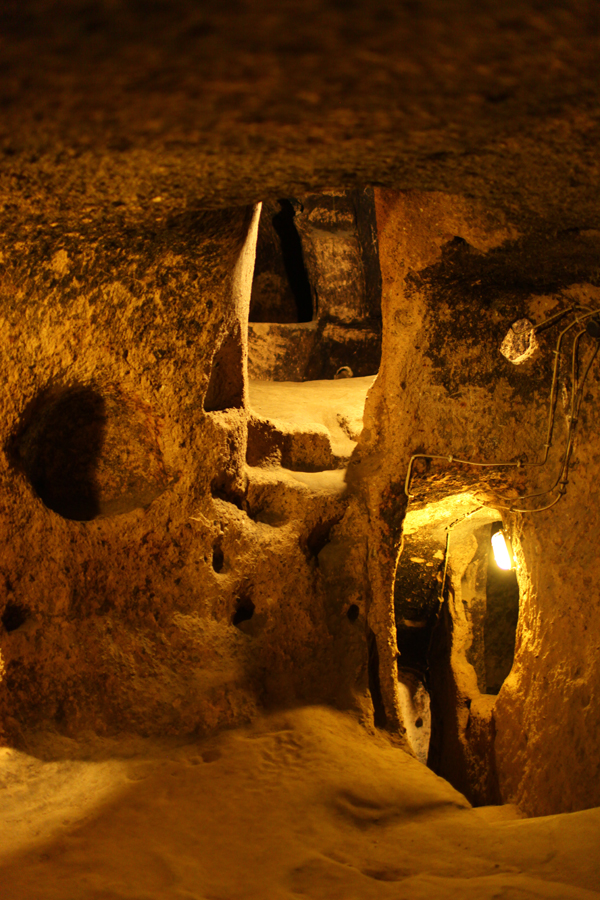
Kaymakli Underground City Entouriste
Kaymaklı Underground City was discovered in 1964, just one year after Derinkuyu. And like its slightly bigger brother, it has countless entrances - most of which are located on residents' private property. The official entrance area is now lined with souvenir shops. And after entering the modern glass building and buying your ticket, you.
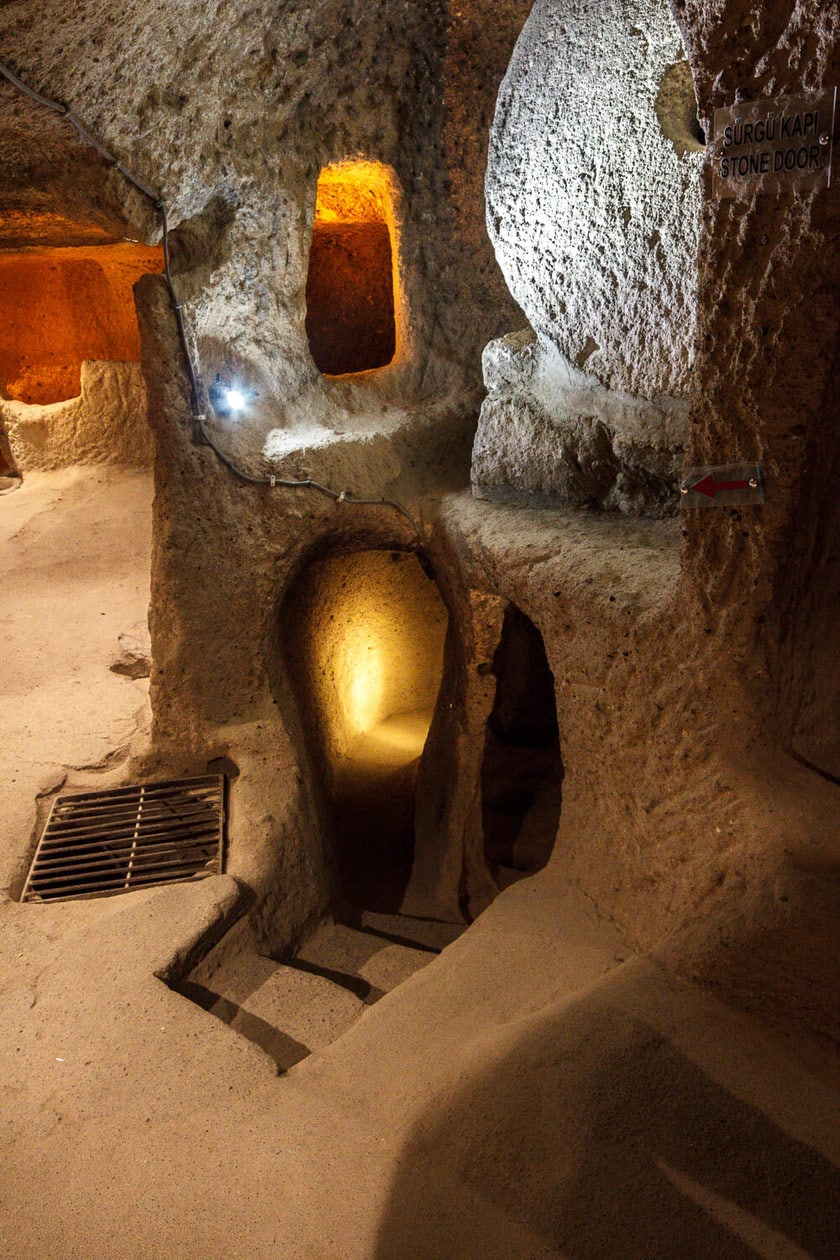
Underneath Cappadocia // Kaymakli Underground City A Visitor's Guide
Nearby Cappadocia attractions. 1. Özlüce Underground City. 3.92 MILES. To reach Özlüce underground city, turn right as you enter Kaymaklı village from the north and you'll be heading for the small village of Özlüce, 7km…. 2. Derinkuyu Underground City. 6.05 MILES. Derinkuyu underground city, 10km south of Kaymaklı, has cavernous rooms.

Kaymakli Underground City Adventure Tours Journeys International
Kaymakli Underground City is on Ihlara Road, 10 kms from Derinkuyu. The underground city is under a great hill named the Citadel of Kaymaklı and is listed as a UNESCO World Heritage Site. Parts of the city date back to the Hittites and Phrygian Period (circa 3000 BC). The city has been used for a variety of purposes over the ages: sheltering.
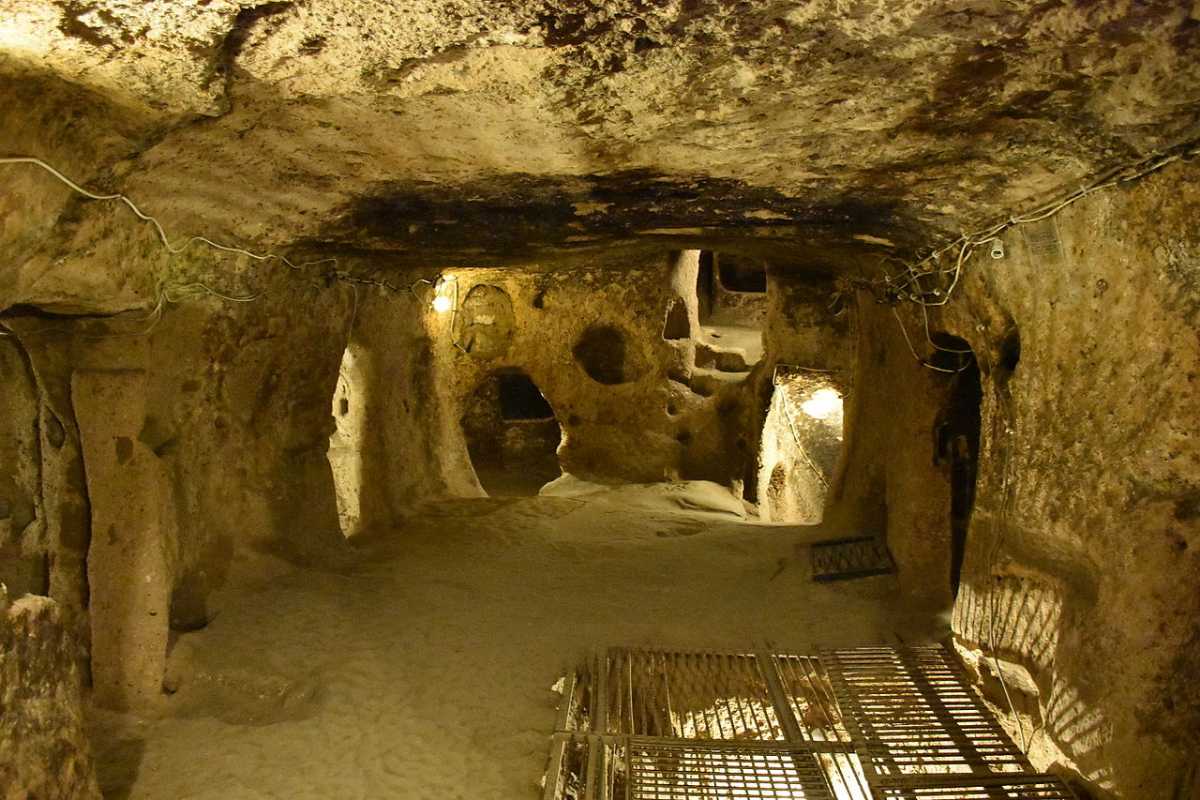
Kaymakli Underground City, Cappadocia Holidify
374. Kaymaklı Underground City Nevit Dilmen on Wikipedia (Creative Commons) Buried beneath the surface of Turkey's Cappadocia are a number of stunning underground cities built in ancient times.
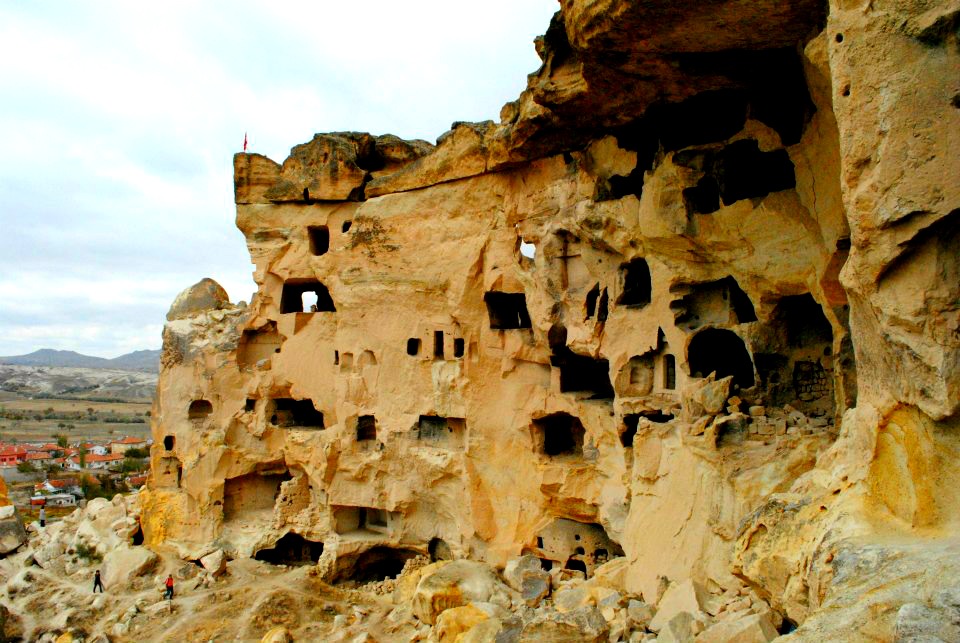
Kaymakli Underground City Historical Facts and Pictures The History Hub
An intricate system of tunnels, chambers, and galleries has been excavated deep into the volcanic tuff rock at Kaymakli Underground City. There are eight floors in the city, although only four are accessible to the general public today. The underground city can hold up to 3,000 people and is over 85 meters deep.
.jpg)
Kaymakli Underground Private Tours Turkey
Kaymakli protected around 3,500 people and has miles of tunnels that connect it to the underground city of Derinkuyu. It has over 200 tunnels and many chambers, including wine cellars, stables, churches, and schools. The long narrow tunnels' purpose is to restrict invaders' movement.
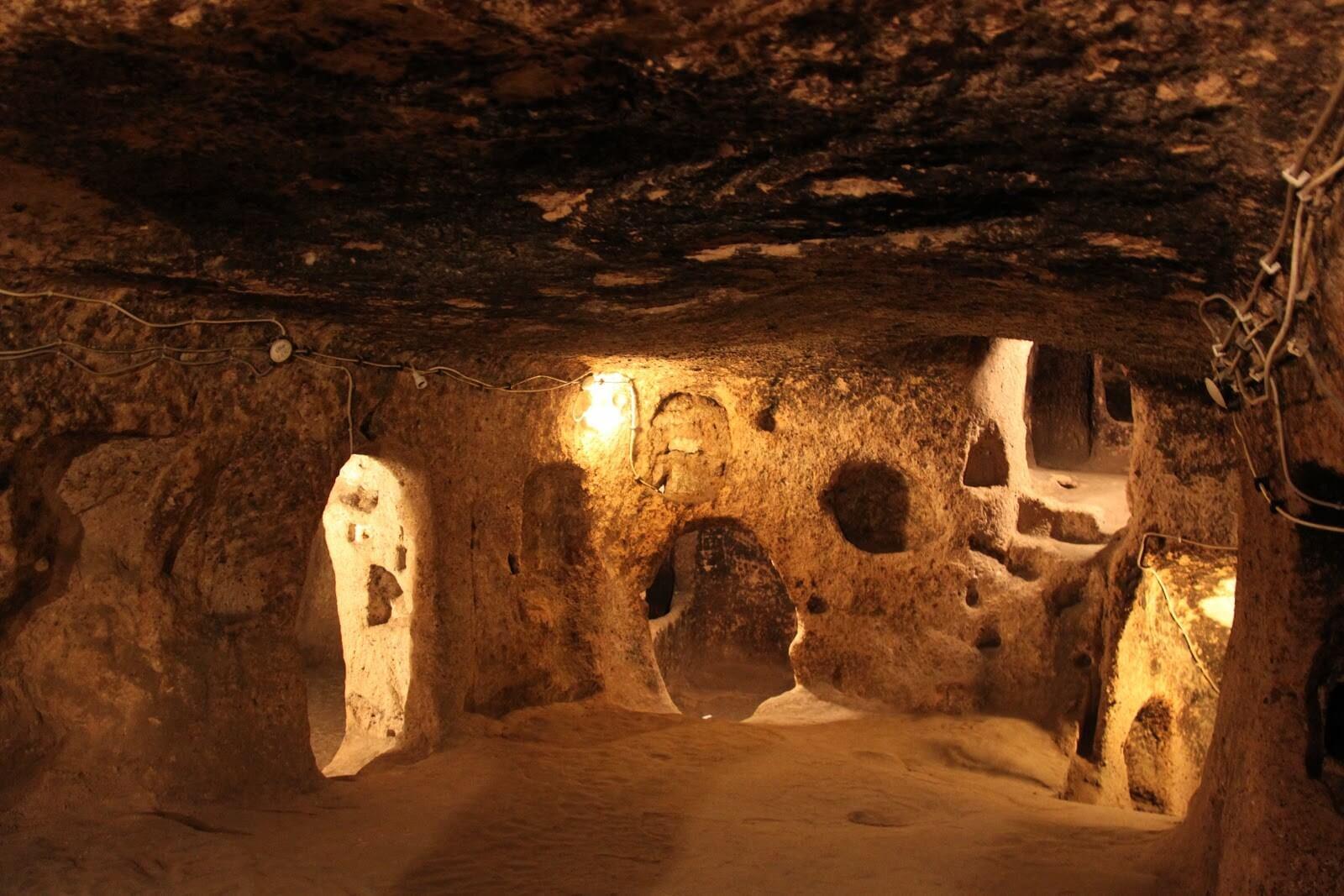
Kaymaklı Underground City • Turkey Destinations by ToursCE
The Kaymaklı Underground City also has an inordinate number of storage rooms, which historians and archaeologists believe allude to economic stability and prosperity. The site was first opened to the public in 1964, and is part of a UNESCO World Heritage site. Incredibly well-preserved and maintained, only a fraction of the complex is.

Kaymakli underground city tour, Turkey Audley Travel UK
Kaymakli Underground City is the largest and most popular underground city in Cappadocia, Turkey. It is believed to have been built during the Hittite era, around 3000 BC. The underground city is located in the town of Kaymakli, which is about 20 km south of Nevsehir. Kaymakli Underground City is 8 levels deep, but only 4 of these levels are.

Underneath Cappadocia // Kaymakli Underground City A Visitor's Guide
Originally named Enegup in ancient times, Kaymakli Underground City was also used as a shelter for local inhabitants for several centuries throughout the Arab-Byzantine wars. During this time, it was significantly expanded to the point where it, eventually, became the widest underground city in Turkey. It's estimated that, at its peak, the.

Kaymakli underground City; Kaymakli, Cappadocia, Turkey Stock Photo Dissolve
The Kaymakli Underground City is a network of underground tunnels, chambers, and rooms that were carved out of soft volcanic rock. It stretches about eight stories deep, and it's estimated that only about 10% of the city has been excavated so far. That means there's a whole world waiting to be discovered beneath the surface!
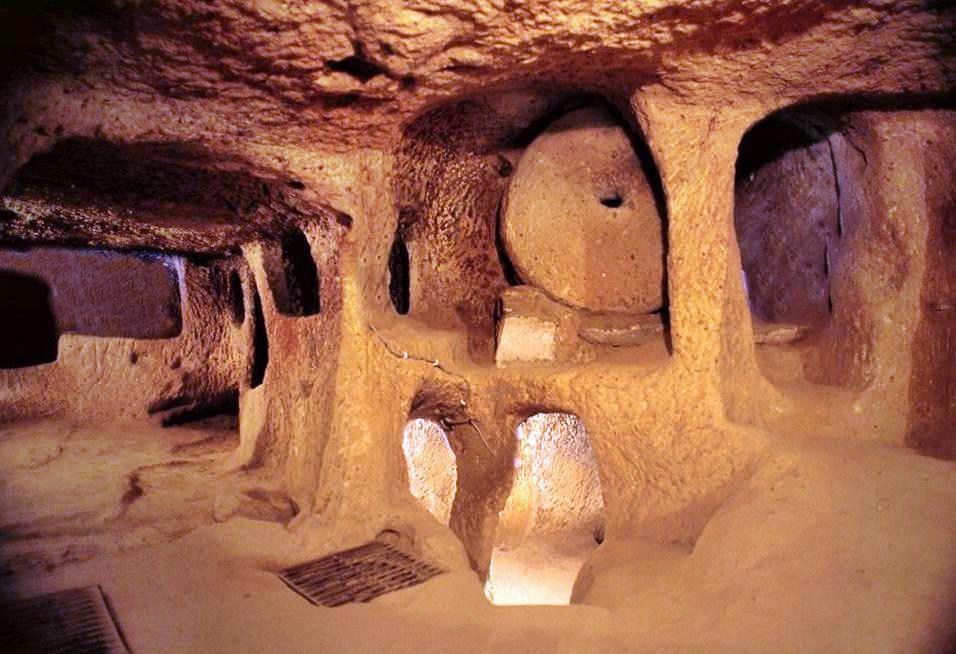
Kaymakli Underground City Historical Facts and Pictures The History Hub
A guided walking tour of Kaymaklı takes visitors underground to explore the excavated ruins—including the remains of homes, kitchens, stables, storage rooms, and even a wine press—linked by tunnels and ventilation shafts. Four of the eight floors are open to the public. Kaymakli is a popular stop on sightseeing tours of Cappadocia, often.
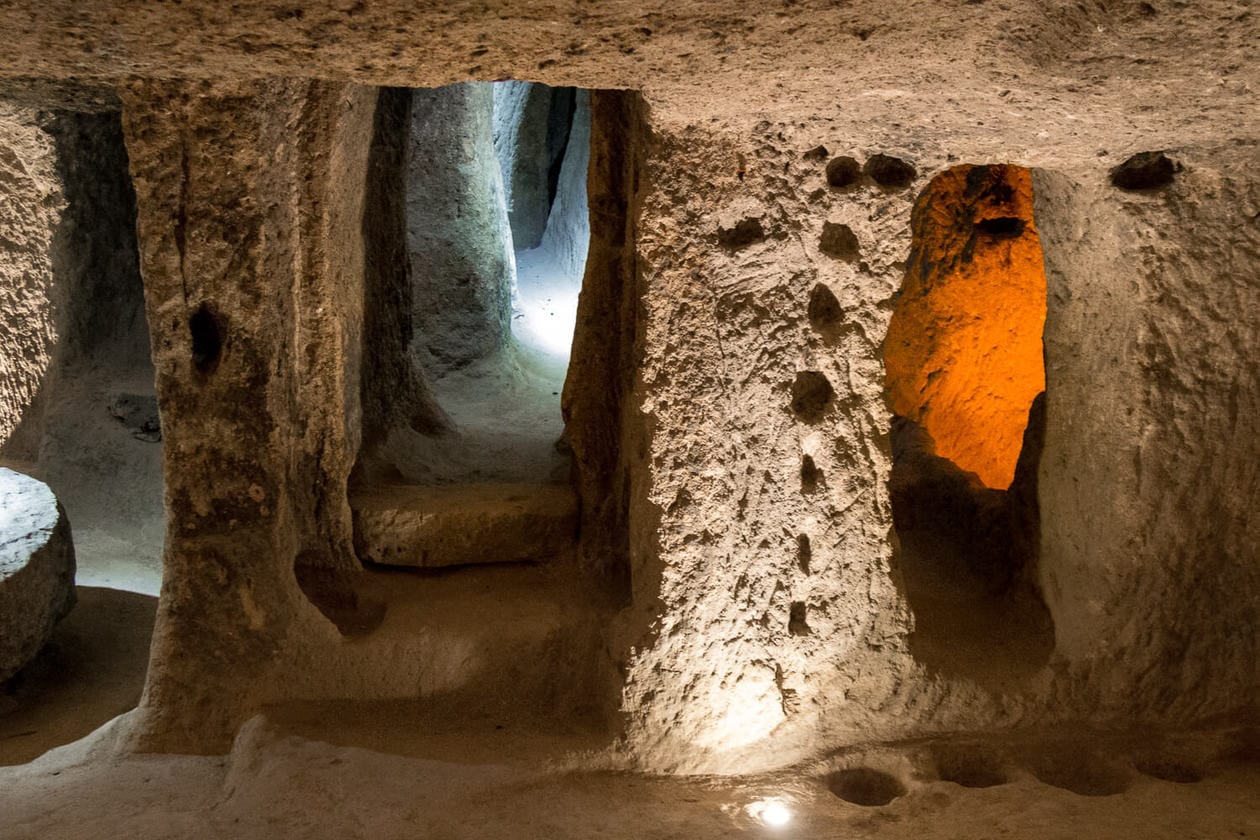
Underneath Cappadocia // Kaymakli Underground City A Visitor's Guide
The Kaymakli Underground City, formerly known as Enegup, was built under the Citadel of Kaymakli. It was believed to have been constructed by the Hittites and Phrygians (Greeks) in the 7th and 8th centuries BCE. The idea behind the underground cities was to offer protection from foreign invaders.

Exploring the Underground City of Kaymakli Underground cities, Underground, City
Derinkuyu is deeper (11 levels), but Kaymakli is the widest underground city in the region. Kaymakli is slightly closer to Goreme (25.7 km /16 miles) . Derikuyu is 35km (21 miles). The popular Green Tour of Cappadocia goes to Derinkuyu, so it might be a little more crowded depending on the time you go. Kaymakli is the most visited underground.
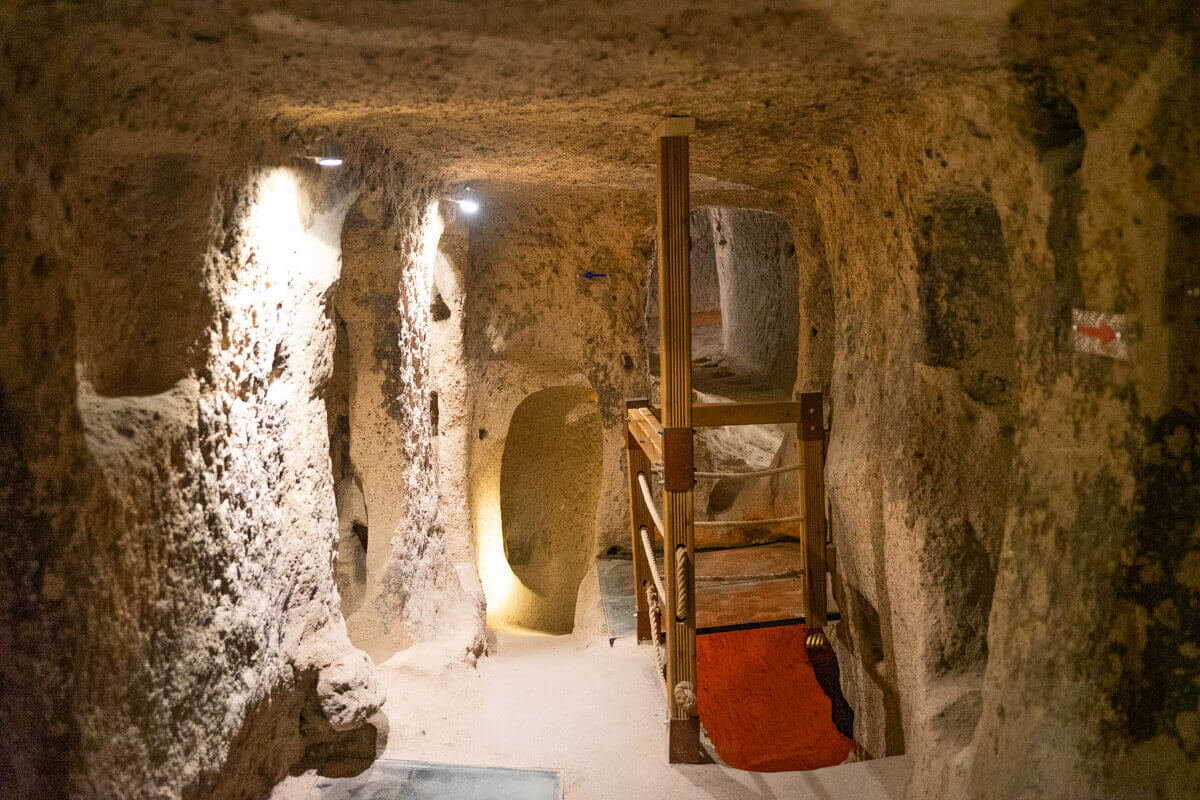
Guide to Kaymakli Underground City Fee + Hours in 2023! The Turkey Traveler
Kaymakli Underground City is supposed to have been built by a pre-Turkish people called the Phrygians, in the 7th and 8th centuries BCE, for the purpose of offering protection from foreign invaders. The city is spread on several levels, it contains rooms of all sizes, kitchens, stable, churches, wells, millstone doors, storage places, etc..

Explore Kaymakli Underground City in Cappadocia, Turkey Stock Image Image of exploration
Kaymakli Underground City is considered the oldest underground city in the region, thought to have been built in the 7th and 8th centuries by the Phrygians. Though the city is small (or what you can see of it anyway) you can explore several different tunnels and passages that are all lit up and excavated. If you're an adventure lover, you.

Kaymakli Underground City History, Turkey Trip Ways
Kaymakli Underground City. Coordinates: 38°27′56″N 34°45′02″E. A large room several floors down into the city. Kaymakli Underground City ( Turkish: Kaymaklı; Cappadocian Greek: Ανακού) is contained within the citadel of Kaymakli in the Central Anatolia Region of Turkey. [1] First opened to tourists in 1964, the village is about.